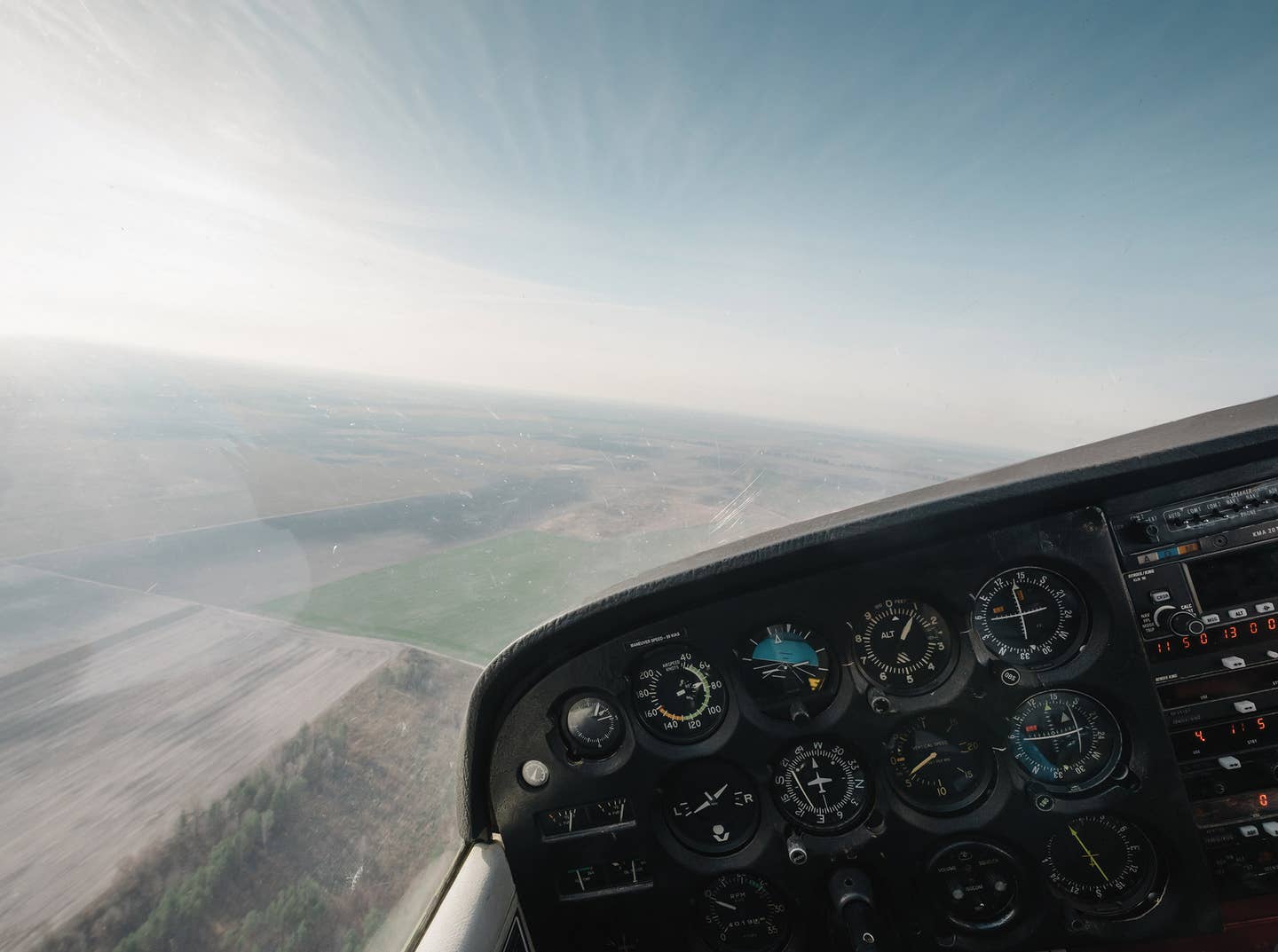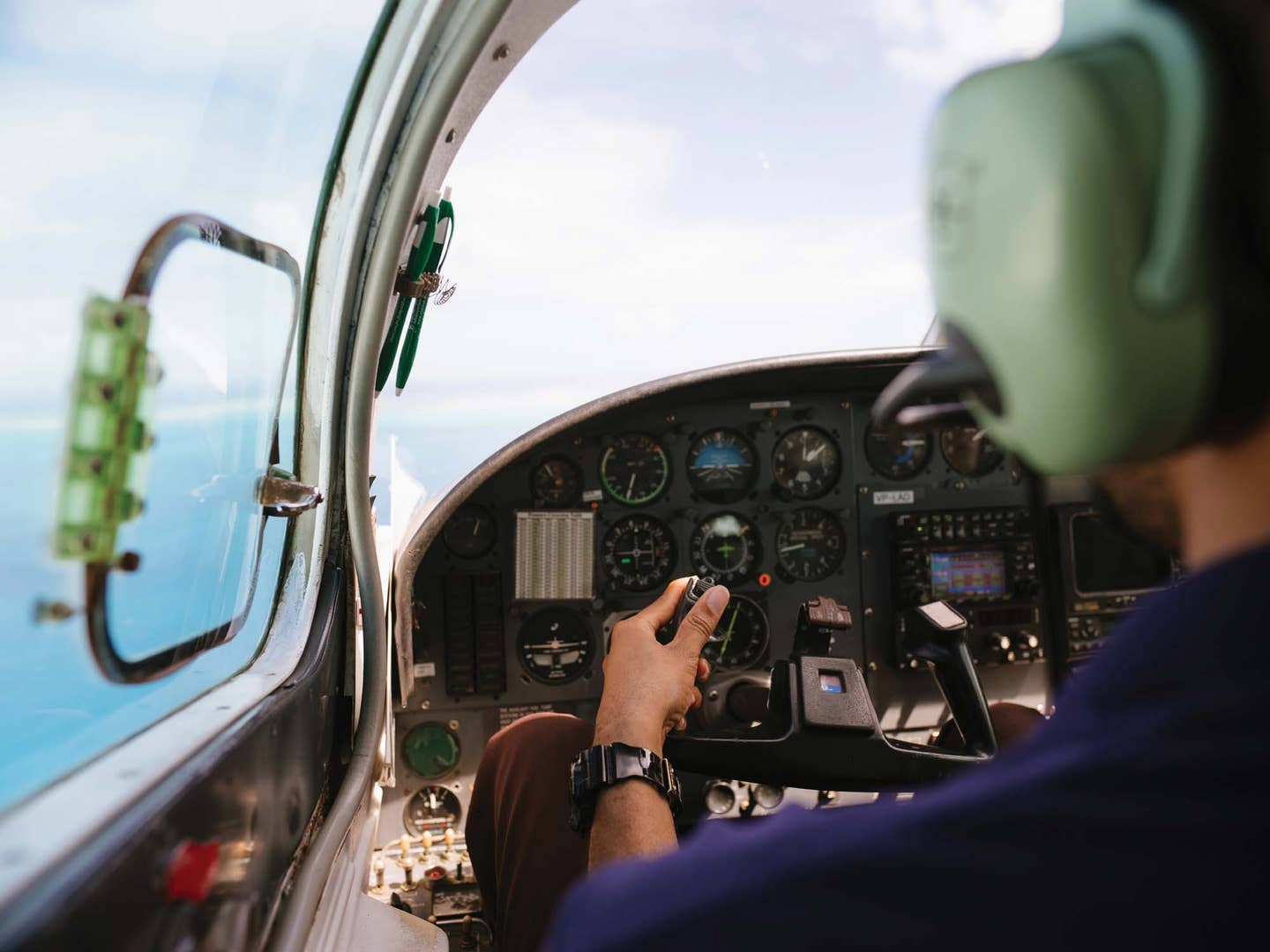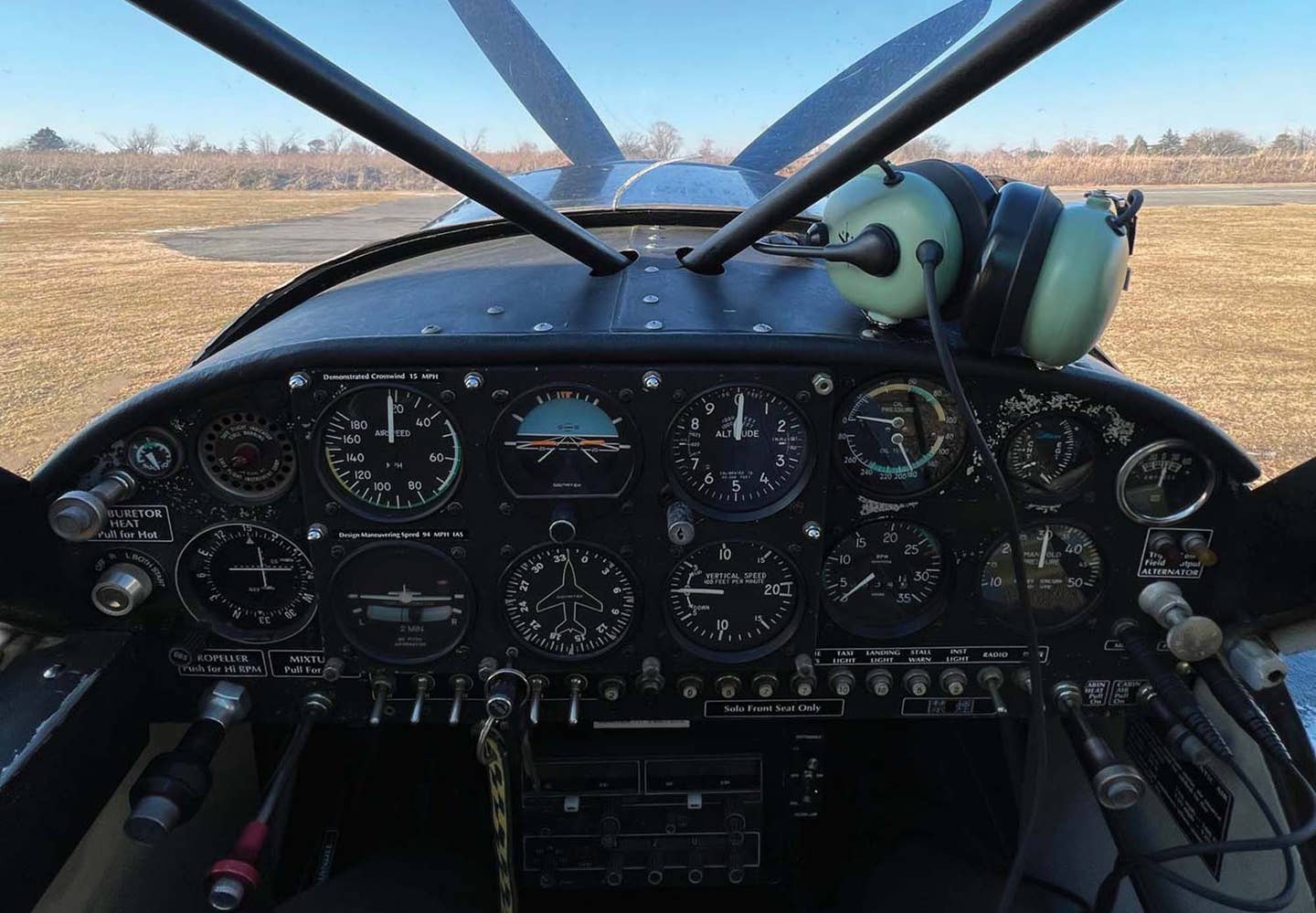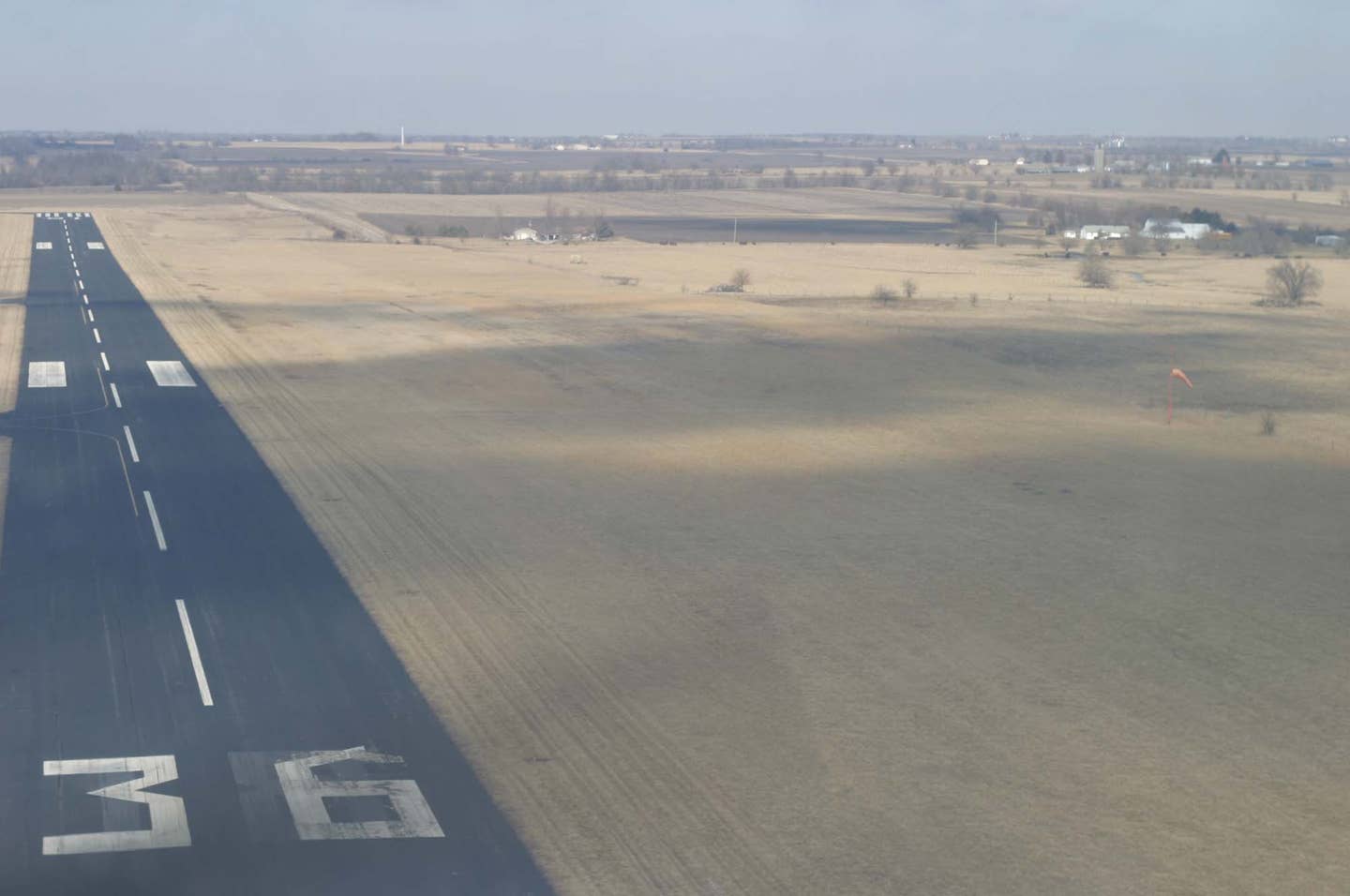Practice Flying into AirVenture
Do you remember when you first picked up the mic to contact air traffic control? It was undoubtedly a scary time. In fact, the normal process of transmitting information to…
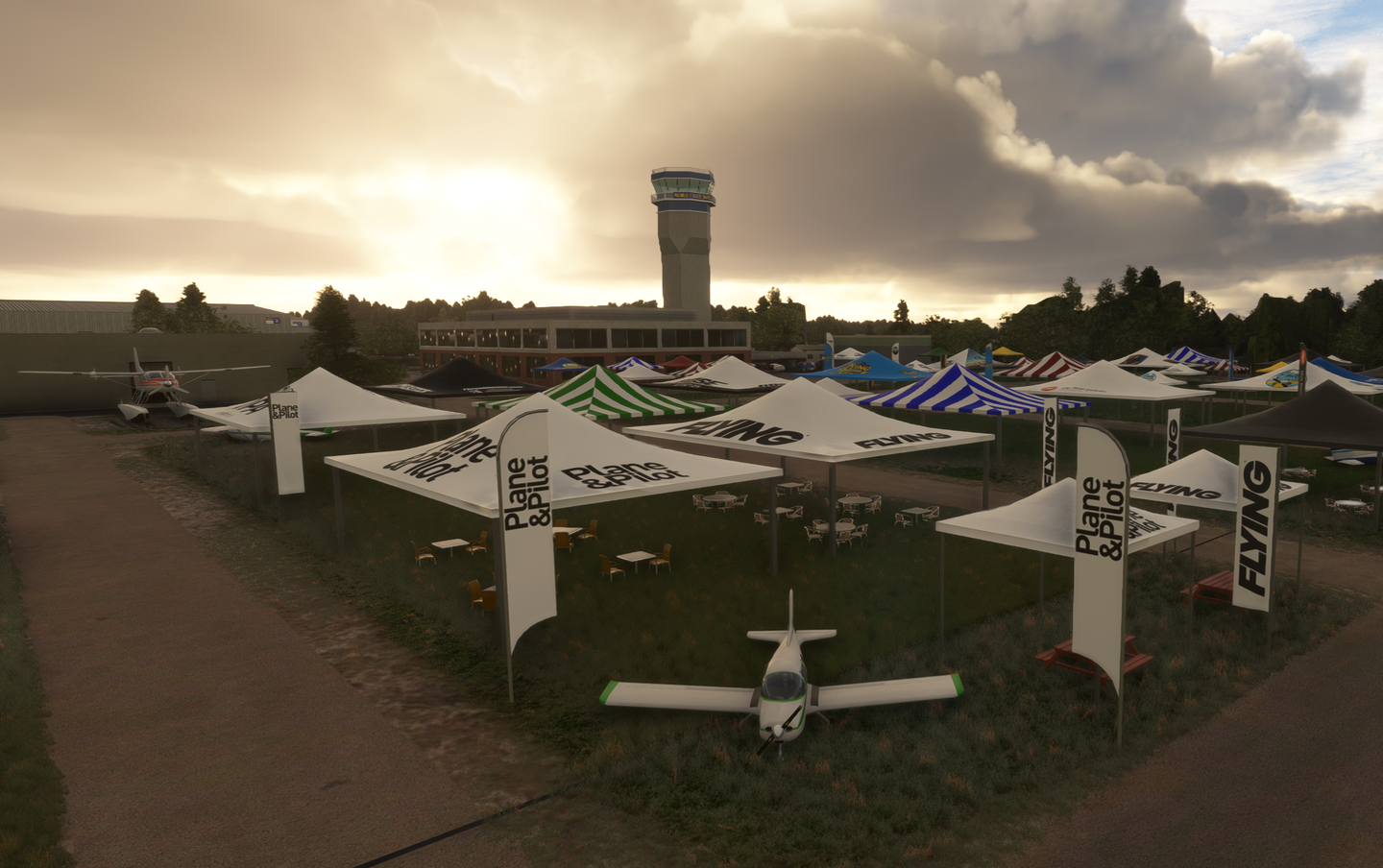
SimVenture provides a realistic way to prepare for flying into AirVenture. [image courtesy PilotEdge]
Do you remember when you first picked up the mic to contact air traffic control? It was undoubtedly a scary time. In fact, the normal process of transmitting information to your brain's motor cortex to make your mouth move and create logical speech at that moment was as far removed as a drop-top Cadillac in a rainstorm.
As experts in the field have determined, the tongue-tied feeling that occurs at the press of a push-to-talk switch can be primarily attributed to a lack of experience on the radio and venturing into the world of ATC prematurely and unprepared.
That’s where ATC simulations, such as those from PilotEdge, VATSIM, and others, create a virtual world that allows users to practice their communication talents long before they take off. These simulations provide a safe environment for pilots to learn and improve their communication skills, ensuring a higher level of safety in real-world flights.
The only thing you need to hone your radio communication skills using an ATC simulation is a flight simulator program, such as Microsoft Flight Simulator 2020, Prepare3D, X-Plane 11 and 12, plus others, or those hardware-based simulators, such as Redbird, that utilize one of the aforementioned programs.
Pilots who want the most realistic ATC simulation available will likely look to the subscription services of PilotEdge, created by CEO Keith Smith over 11 years ago, instead of the hobbyist services available.
While any of the current ATC simulators will provide some level of benefit, Kevin Meyers, director of special events and marketing at PilotEdge, emphasizes that “those with current ATC and former military controllers staffing the ranks, such as PilotEdge, will provide you with a replication that mimics life in the real world of ATC, getting you ready and prepared as you take flight.”
In addition, using an ATC simulation will allow you to practice your communication within various types of airspace—everything from traversing VFR uncontrolled airports to making the journey to and through Class Bravo airspace and beyond. And with the realism of the ATC world that goes far beyond the old text-based and voice-recognition days of past ATC simulations, you will be so immersed in the ATC ecosystem that you may forget that it’s a simulation.
The cost of admission to a real-world ATC simulation subscription with PilotEdge is a little more than 50 cents per day. VATSIM and others are viable options for those who are not pilots or want to experience ATC simulation as a hobby without spending any monthly cash, but either alternative is better than none.
And don’t think these simulations are a game—far from it. In fact, if you have a pilot deviation while you’re flying the sim using PilotEdge, you might receive the dreaded warning that Captain Jack Brasher got on his commercial carrier flight on August 13, 1985, long before his last name became synonymous with the warning that no pilot ever wants to hear.
- READ MORE: Say Again?
To be clear, the PilotEdge version of the Brasher warning is not shared with anyone except the operations team to improve the realism of the simulation and determine if tweaks need to be made to the software. It simply adds to the overall realism of your ATC simulation.
Speaking of realism, are you planning on flying into Oshkosh for EAA AirVenture in July? How would you like to be able to practice the approaches into Wittman Regional Airport before your actual flight, where KOSH is the busiest airspace in the world for that period of time?
With PilotEdge’s unique simulation, you can do just that. Annually, from about two weeks before AirVenture begins, the company rolls out SimVenture. Meyers said it “is the only way and best way to prepare to fly into AirVenture.”
So, dust off your headset, strap into your simulator, and take to the virtual skies to improve your ATC communication and learn how to talk with controllers just like the pros.
Editor’s Note: This story originally appeared as part of a longer piece in the JULY/AUGUST 2024 issue of Plane & Pilot magazine.

Subscribe to Our Newsletter
Get the latest Plane & Pilot Magazine stories delivered directly to your inbox

